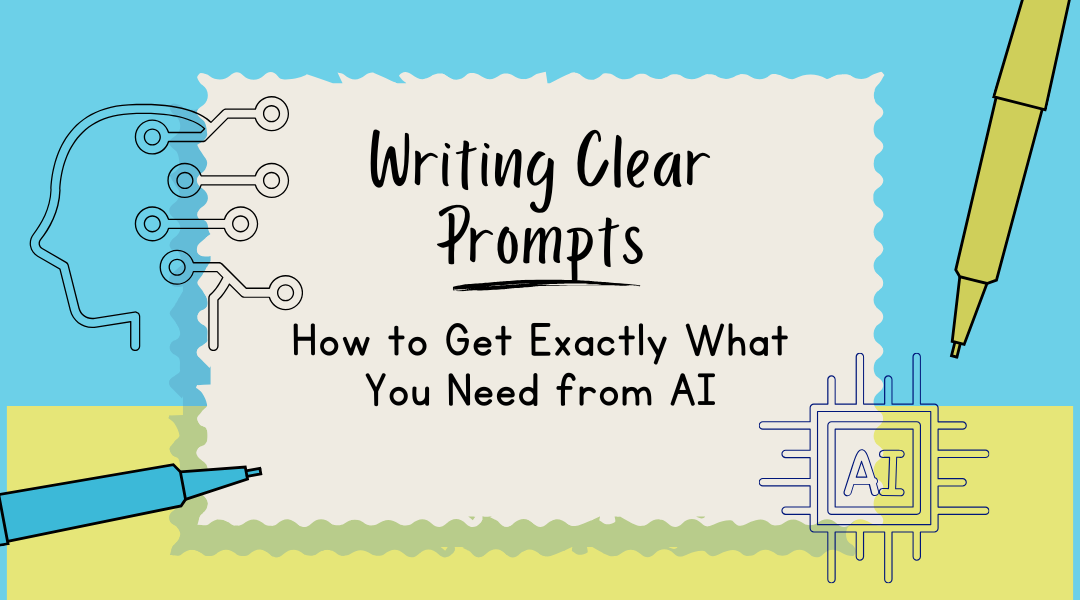We’ve all been there—you ask a question, but the answer you get is nowhere near what you wanted. Maybe it’s too vague, maybe it’s off-topic, or maybe it’s just not useful. Often, the problem isn’t the AI; it’s how the question was asked.
Crafting a clear, specific prompt is like giving good directions: the more precise you are, the less chance there is of getting lost. Here’s how to avoid ambiguity and make sure your AI understands exactly what you’re looking for.
Why Clarity Matters
Ambiguous prompts lead to frustrating results. For example:
- Vague prompt: “Tell me about Apple.”
Is this about the fruit or the tech company? - Clear prompt: “Explain Apple Inc.’s business model and its main revenue sources.”
Now there’s no confusion.
When you’re specific, you save time, reduce back-and-forth, and get more accurate answers.
How to Avoid Ambiguity in Your Prompts
1. Define Your Goal Clearly
Before typing, ask yourself: What do I really want?
If you’re not sure, the AI won’t be either.
Instead of:
“Help me with marketing.”
Try:
“Suggest three social media strategies for a small bakery trying to attract local customers.”
2. Provide Context
Give enough background so the AI understands the situation.
Weak:
“Write a proposal.”
Strong:
“Draft a one-page project proposal for installing solar panels at a school. Include cost estimates and environmental benefits.”
3. Use Specific Language
Avoid words that are open to interpretation, like “some,” “a few,” or “better.” Use numbers and concrete terms.
Unclear:
“Make it better.”
Clear:
“Revise this paragraph to be more concise and use a warmer tone.”
4. Include Examples
If you have a specific format or style in mind, show it.
Example:
“Write a product description in the style of Apple’s website—clean, minimalist, and focused on user benefits.”
5. Set Boundaries
If there’s something you don’twant, say so.
Example:
“Explain blockchain without using technical jargon.”
What to Do When You Get an Unclear Response
Sometimes, even with a good prompt, the answer might not hit the mark. Here’s how to course-correct:
- Ask for clarification:
“Can you explain that in simpler terms?” - Narrow the focus:
“Instead of general tips, give me five specific actions I can take.” - Reframe the question:
“Let me try again: What are the practical steps for implementing this?”
Real-World Examples
Before:
“How do I cook chicken?”
Too broad—could be about frying, grilling, baking, etc.
After:
“Give me a baked chicken breast recipe with herbs and lemon, ready in 30 minutes.”
Specific and actionable.
Before:
“What’s a good workout?”
What kind? For strength? cardio? flexibility?
After:
“Design a 20-minute bodyweight workout for beginners focused on full-body strength.”
Clear and focused.
Conclusion: Precision Leads to Better Results
Writing clear prompts isn’t about using fancy words—it’s about being intentional. A little extra effort up front can save you time and frustration later. Whether you’re using AI for research, content creation, or problem-solving, remember: the quality of the answer often depends on the quality of the question.
